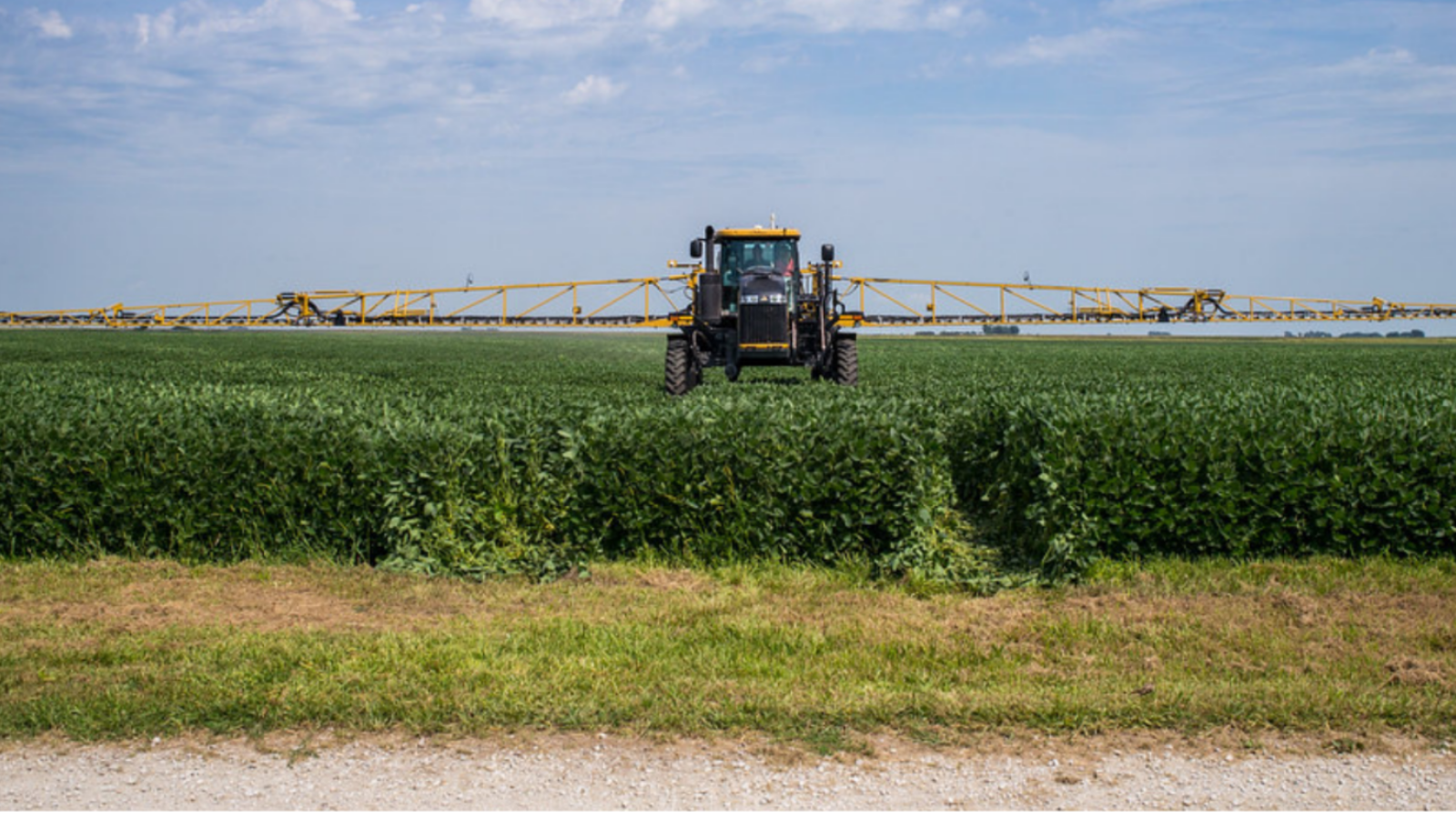
Crop Diversity: Good For Public Health, Good For The Bottom Line
For more than a decade, Iowa State University has been testing the merits of a 4-crop rotation, such as planting corn, soy, oats, and alfalfa over the course of four years. The results? The ISU researchers have reduced their use of pesticides and synthetic fertilizers by about 90% while maintaining profits. That’s a staggering number, and even if farmers don’t push the limits as aggressively as ISU agronomists, we’re still talking about major reductions in chemicals. Moreover, we would expect correlating reductions in cancers, respiratory problems, reproductive system disorders, and more.
A story in the Des Moines Register last Friday forecasts a fourth year of losses for Iowa farmers. While I’m not a farm economist, I do know that losing 30-40 cents per bushel of corn is a hard way to make a go of it.
The problem in Iowa isn’t about production. According to the story, the 2017 harvest is shaping up to be the third largest ever for corn and second largest ever for soybeans. Instead, the financial losses are all about the price per bushel that farmers expect to receive vs. costs of production.
As I see it, this is but another reason to get behind crop diversity in the heartland. Here, the argument is one of supply and demand. If farmers plant more oats, barley and other small grains, as well as more hays/legumes such as alfalfa, the over-supply of corn and soybeans will be addressed. And, assuming a sane market, prices for corn and soybeans will go up. (More on markets and prices for other crops below.)
Economic arguments, though, are not why I get excited about greater crop diversity.
For more than a decade, Iowa State University (ISU) has been testing the merits of a 4-crop rotation, such as planting corn, soy, oats, and alfalfa over the course of four years. The results? The ISU researchers have reduced their use of pesticides and synthetic fertilizers by about 90% while maintaining profits. That’s a staggering number, and even if farmers don’t push the limits as aggressively as ISU agronomists, we’re still talking about major reductions in chemicals. Moreover, we would expect correlating reductions in cancers, respiratory problems, reproductive system disorders, and more.
Mark Bittman, then of the New York Times, wrote about this five years ago, calling it “a simple fix for farming.”
He’s right, but of course what’s simple in concept still presents certain challenges. We’ll need some fixes to federal farm policies, such as reducing subsidies that incentivize farmers to plant corn and soybeans (and other commodity crops), and vastly improving upon a program that seeks to increase crop diversity.
Additionally, more must be done to create a stronger market for the “new” crops that farmers plant. With this in mind, I’d like to see some of the biggest purchasers of feed—those in the business of raising livestock and poultry—take action to increase the demand for these grains.
Many of these companies are talking about sustainability, and I’d like to think they’re serious about it. Let’s see who might stake out a leadership position on crop diversity between companies like Tyson, Oscar Meyer (Kraft), Hormel, Smithfield, and others.
Says Smithfield’s in its report: “The most economical and effective way to manage crop diseases is to rotate crops.”
That’s it. Now help make it happen.
Topics
Authors
Steve Blackledge
Senior Director, Conservation America Campaign, Environment America
Steve directs Environment America’s efforts to protect our public lands and waters and the species that depend on them. He led our successful campaign to win full and permanent funding for our nation’s best conservation and recreation program, the Land and Water Conservation Fund. He previously oversaw U.S. PIRG’s public health campaigns. Steve lives in Sacramento, California, with his family, where he enjoys biking and exploring Northern California.
Find Out More

How to take action for International Compost Awareness Week

Why the EPA should ban destructive dicamba herbicides for healthier farms

Freedom from food waste: How to have a sustainable 4th of July
